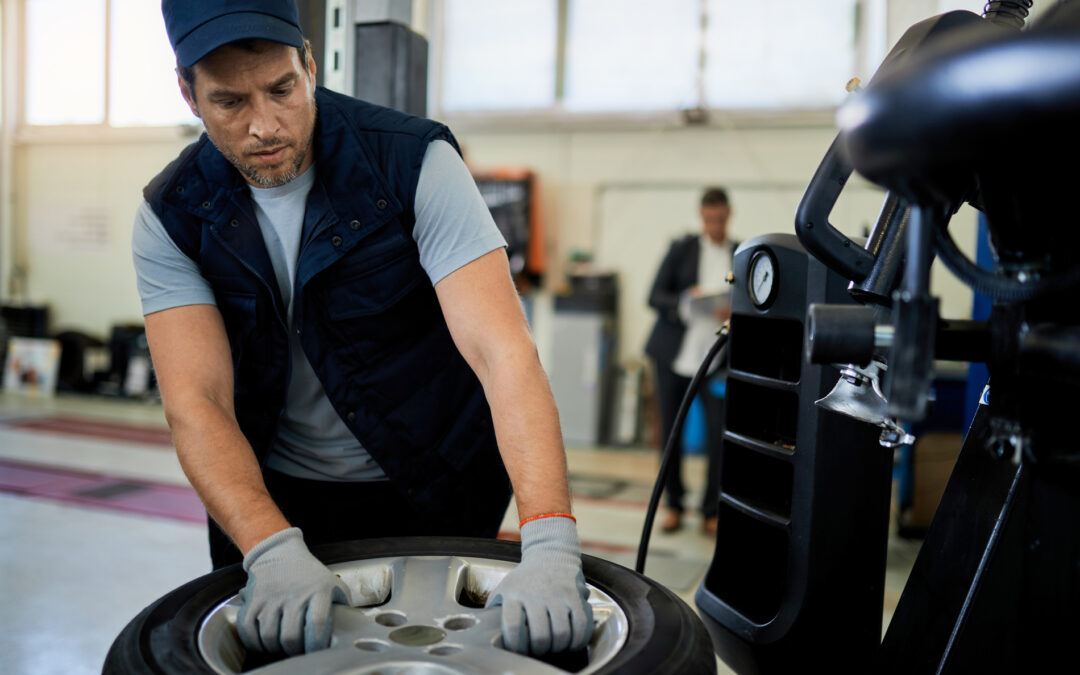Wheel alignment (or tire alignment) is a process to correct the angle of your tires as they touch the road or correct your car’s suspension. Sometimes, your car’s suspension suddenly falls out of alignment due to an unfortunate incident like a pothole. Other times, it simply falls out of alignment over time.
A misaligned suspension means your tires are no longer pointing directly on the road but are driving along at an angle. This misalignment can negatively impact your driving experience and potentially endanger you or fellow drivers.
Symptoms You Need an Alignment
Your vehicle is an intricate machine; when one part of that machine isn’t functioning correctly, it’ll impact the other systems. If your car needs an alignment, there will be signs that you should look out for before the damage grows worse.
Symptoms
- The car pulls to one side when you’re trying to drive straight
- Difficult/unresponsive steering wheel
- Your steering wheel shakes/vibrates
- Steering the wheel at an angle when driving straight
- Tires are wearing out faster than expected
- Uneven tire wear
- The steering wheel is noisy
- Tires squeal
Why Should I Go To a Professional?
When you rely on a professional mechanic to have your alignment checked, your technician will examine three aspects of your wheel alignment, as well as check for any further signs of damage. These concerns are:
- Camber: the angle of the inward or outward tilt of your tire from the front of your car. Positive and negative camber are determined by the degree of tilt in relation to the centerline.
- Toe: Degree of inward or outward tilt of your tires from above. If they lean inwards, they are “toe-in alignment”; if they angle outwards, it’s “toe-out.”
- Caster: Used for steering and stability. This is the angle of your steering axis. Negative leans towards the front of your vehicle, while positive leans towards the driver.
By looking at these angles, they can detect any potential problems that could have arisen from driving with a misalignment, as well as determine what kind of realignment you might need. Though the angle is described using “negative” and “positive,” the ideal angle for camber, toe, and caster is almost always neutral or zero.
Types of Alignment
- Front-end Alignment: Adjustments are solely made to the front steering and suspension to realign your front two wheels with your manufacturer’s specifications. Also called two-wheel alignment.
- Thrust Alignment: Similar to front-end alignment, but will also include a check to ensure all four wheels of the car are squared. If a vehicle has independent rear suspensions, this may be recommended.
- Four Wheel Alignment: Similar to front-end alignment, but included adjustments to rear suspension as well. Both front and rear suspension must be appropriately aligned. Usually reserved for all-wheel drive vehicles.
Why Does Wheel Alignment Matter?
You might think that a minor misalignment isn’t an issue compared to further car troubles; however, failure to adequately address your car’s alignment issues will only lead to more costly repairs in the future. A wheel alignment will cost you less now than a full set of new tires in the future.
What’s more, misalignment could lead to inefficient fuel consumption, netting you fewer miles per gallon and hurting your wallet. So not only does a wheel alignment save you money, but it also means you’ll be driving safer on the road. Low tread depth can impair braking during sudden stops, which might cause an accident or worse. Misaligned suspension isn’t something you can ignore and push off for later.
When Should You Get A Wheel Alignment?
In most cases, you should have your wheel alignment inspected at least once a year. If you offroad frequently, you should increase that to at least twice a year.
- After a curb or pothole
- If your steering or suspension parts are changed
- After an accident
- If you notice any previously mentioned symptoms.
However, as with all cars, it’s essential to check your owner’s manual. Your warranty might require far more frequent maintenance to maintain it. In most cases, your car’s manufacturers know best.
D&R Car Care
Whether it’s a yearly check-up or you’ve noticed signs of a misaligned suspension, D & R Car Care can set your mind at ease. As a full-service auto repair company, we know how to handle both domestic and foreign-made vehicles.
Not sure what your car needs? Trust our certified mechanics to diagnose precisely what care your car needs to return to the road safely in no time at all. If you are interested in our alignment services, please contact us today.






